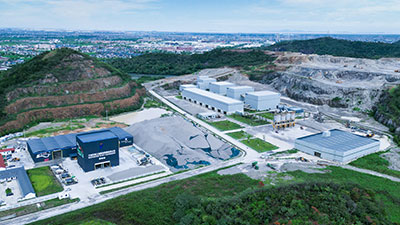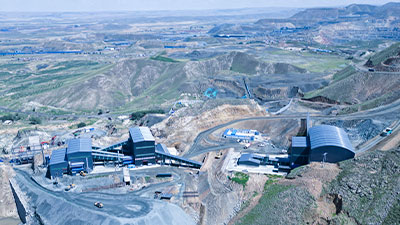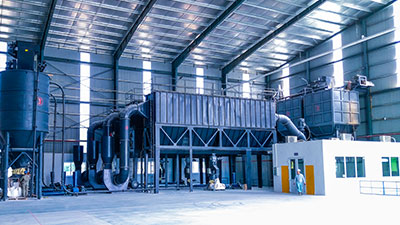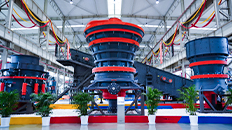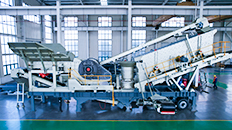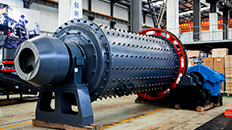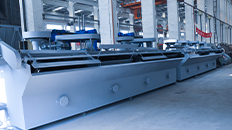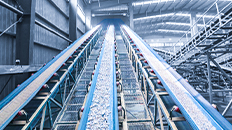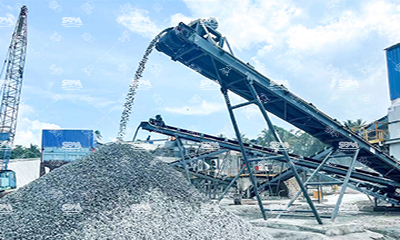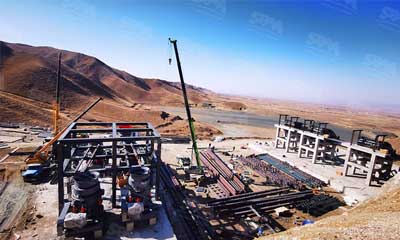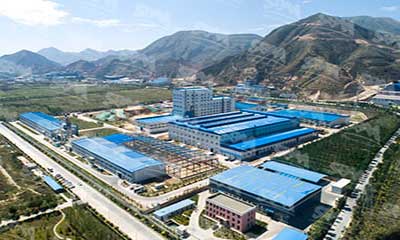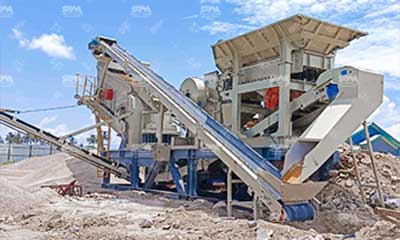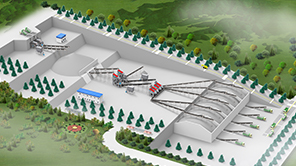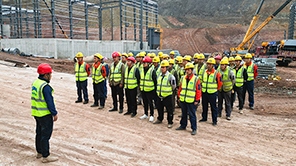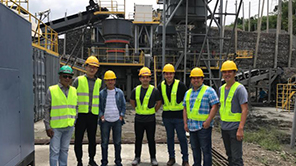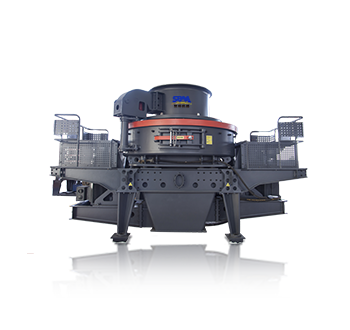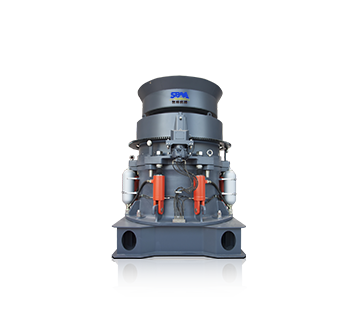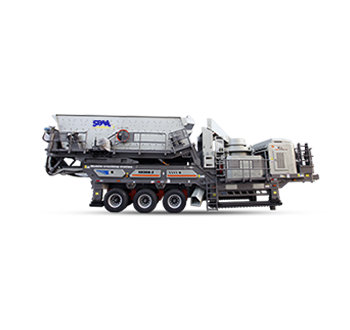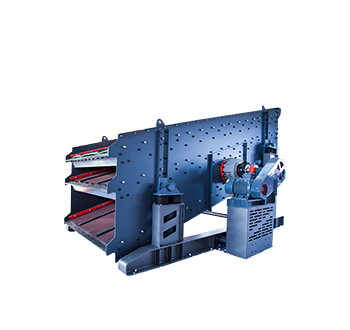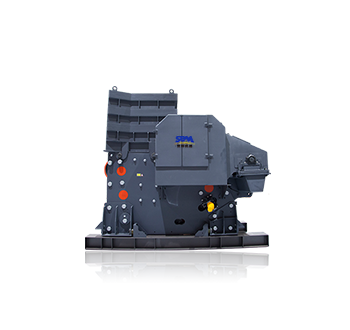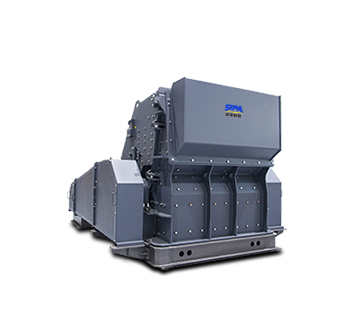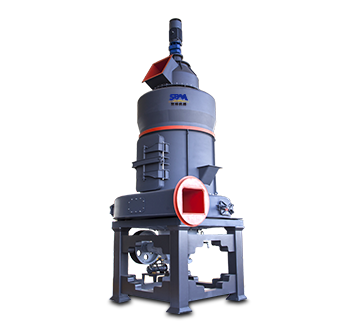Summary:The optimal speed for a jaw crusher typically ranges between 200 to 400 RPM. However, the exact speed can vary based on several factors, including the design of the crusher, the type of material being processed, and the desired product size.
Jaw crushers are one of the most commonly used types of crushers in the mining and construction industries. They are primarily used to crush large rocks into smaller, more manageable pieces. The efficiency of a jaw crusher is significantly influenced by its operating speed, which affects the overall performance, throughput, and product quality. This article will explore the proper speed for jaw crushers, the factors that influence it, and its implications on the crushing process.

Understanding Jaw Crusher Mechanics
A jaw crusher operates by using a pair of opposing jaws, one stationary and one moving, to crush materials. The moving jaw exerts force on the material, drawing it down into the crushing chamber where it is compressed against the stationary jaw. The crushed material then exits the chamber through a designated opening.
The speed of a jaw crusher is measured in revolutions per minute (RPM). The stroke is the distance the moving jaw travels during one complete cycle. The relationship between speed and stroke is crucial, as it determines the amount of material that can be processed and the size of the final product.
Factors Influencing Jaw Crusher Speed
The optimal speed for a jaw crusher typically ranges between 200 to 400 RPM. However, the exact speed can vary based on several factors, including the design of the crusher, the type of material being processed, and the desired product size.

Several critical factors influence the optimal speed for a jaw crusher, each playing a significant role in determining the efficiency and effectiveness of the crushing process. Understanding these factors can help operators optimize their equipment for various materials and desired outcomes.
1. Material Characteristics
The physical properties of the material being crushed significantly impact the optimal speed of the jaw crusher:
- Hardness: Harder materials, such as granite or basalt, typically require a slower operating speed, generally in the range of 200 to 300 RPM. This is to prevent excessive wear on the crusher's components and to ensure effective crushing without overloading the machine. Conversely, softer materials, like limestone or clay, can often be processed at higher speeds, around 300 to 400 RPM, as they are less abrasive and do not impose as much stress on the crusher.
- Abrasiveness: Materials with high abrasiveness can lead to increased wear on the crushing surfaces. For instance, quartzite and sandstone are abrasive materials that may necessitate a lower speed (200 to 250 RPM) to reduce wear and prolong the life of the crusher. In contrast, less abrasive materials can be crushed effectively at higher speeds, which can enhance throughput without significantly impacting wear rates.
- Size of Material: The initial size of the material also influences speed. Larger feed sizes may require a slower speed to allow for adequate crushing time and to prevent jamming. For example, when processing larger rocks (greater than 12 inches), a speed of around 200 RPM may be more appropriate. However, as the material is reduced in size, increasing the speed to 300 to 400 RPM can improve throughput and product uniformity.
2. Crusher Design
The design of the jaw crusher itself plays a crucial role in determining the optimal speed:
- Single-toggle vs. Double-toggle: Single-toggle jaw crushers generally operate at higher speeds (around 300 to 400 RPM) compared to double-toggle designs, which may operate at slightly lower speeds (200 to 350 RPM). The single-toggle design allows for a more aggressive crushing action, making it suitable for softer materials, while double-toggle crushers, with their more complex motion, provide a more controlled crushing action, making them ideal for harder materials.
- Crushing Chamber Geometry: The geometry of the crushing chamber, including the angle of the jaws and the width of the opening, can also affect the optimal speed. A wider opening may require a slower speed to ensure that material is effectively crushed and does not escape without being processed. Conversely, a narrower opening may allow for higher speeds, as the material is more contained within the chamber.

3. Desired Product Size
The target size of the crushed material is another critical factor influencing the operating speed:
- Finer Product Requirements: When the goal is to produce a finer product (e.g., for concrete aggregates), higher speeds (300 to 400 RPM) may be beneficial. This increased speed enhances the energy transferred to the material, resulting in a more effective crushing process and a finer product size.
- Coarser Product Requirements: For applications where a coarser product is acceptable or desired, such as in certain base materials for construction, lower speeds (200 to 300 RPM) may be more advantageous. This allows for larger fragments to be produced, which can be beneficial for specific engineering applications.
Impact of Speed on Performance
The speed of a jaw crusher has a direct impact on its performance:
- Throughput: Higher speeds can increase the throughput of the crusher, allowing for more material to be processed in a given time. However, this can also lead to increased wear and tear on the components.
- Crushing Efficiency: The efficiency of the crushing process can be affected by the speed. An optimal speed will maximize the energy transferred to the material, resulting in effective crushing.
- Product Size Distribution: The speed can influence the size distribution of the crushed material. Higher speeds may produce a finer product, while lower speeds can yield coarser material.
How to Determine the Proper Jaw Crusher Speed?
1. Manufacturer Recommendations
When selecting the appropriate speed for a jaw crusher, it is essential to consult the manufacturer's specifications. Manufacturers typically provide guidelines on the optimal operating speed based on the design and intended application of the crusher.
2. Testing and Adjustments
In practice, determining the proper speed may require testing and adjustments. Operators can monitor the performance of the crusher and make incremental changes to the speed to achieve the desired results. Key performance indicators to monitor include:
- Throughput Rate: Measure the amount of material processed over a specific period.
- Product Size: Analyze the size distribution of the crushed material to ensure it meets specifications.
- Wear Rates: Monitor the wear on the crusher components to assess the impact of speed on durability.
3. Speed Control Mechanisms
Modern jaw crushers may incorporate speed control mechanisms that allow operators to adjust the speed based on real-time conditions. For example, variable frequency drives (VFDs) enable precise control of the motor speed, providing flexibility to adapt to changing material characteristics or production requirements.
The proper speed for jaw crushers is a critical factor that influences their efficiency, throughput, and product quality. While the typical operating speed ranges from 200 to 400 RPM, the optimal speed can vary based on material characteristics, crusher design, and desired product size. By understanding the relationship between speed and performance, operators can optimize their crushing processes, enhance productivity, and extend the lifespan of their equipment. Regular monitoring and adjustments, along with adherence to manufacturer recommendations, will ensure that jaw crushers operate at their best, delivering high-quality results in mining, construction, and aggregate production applications.

